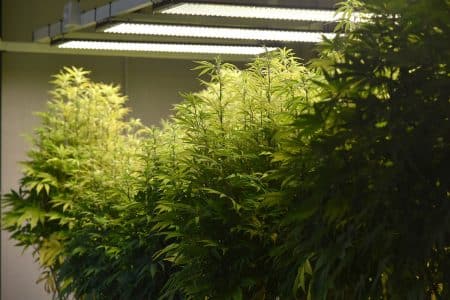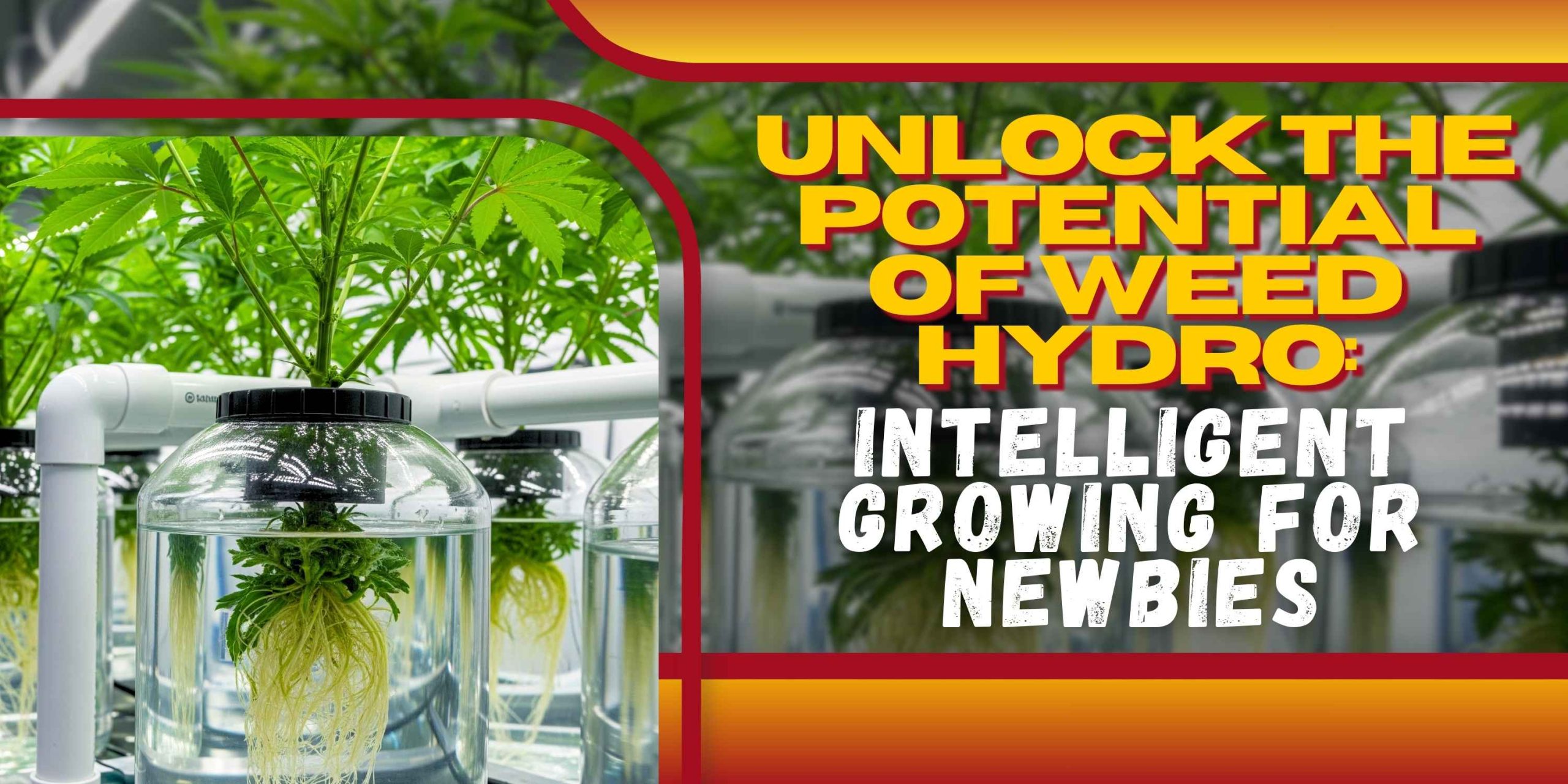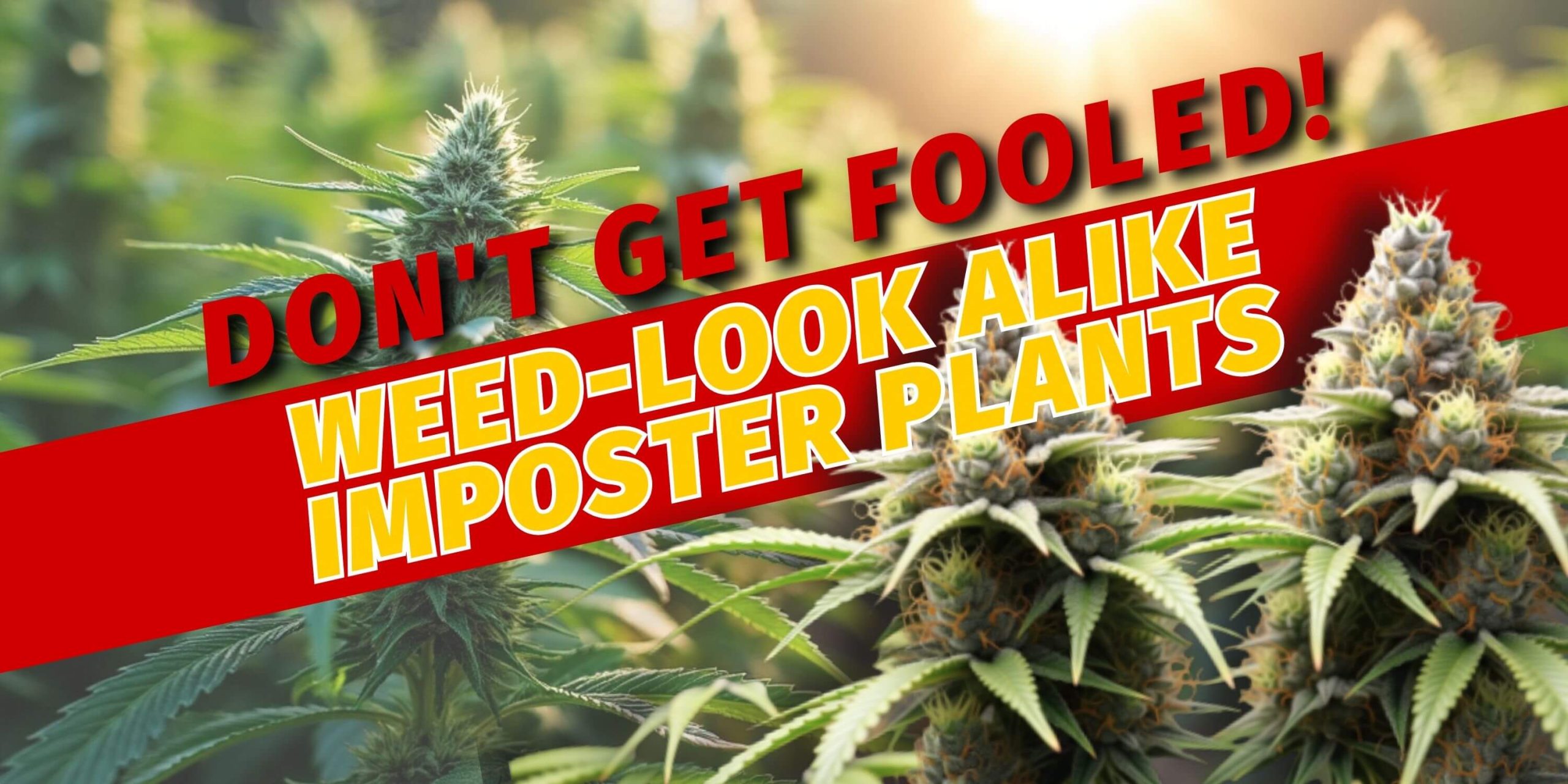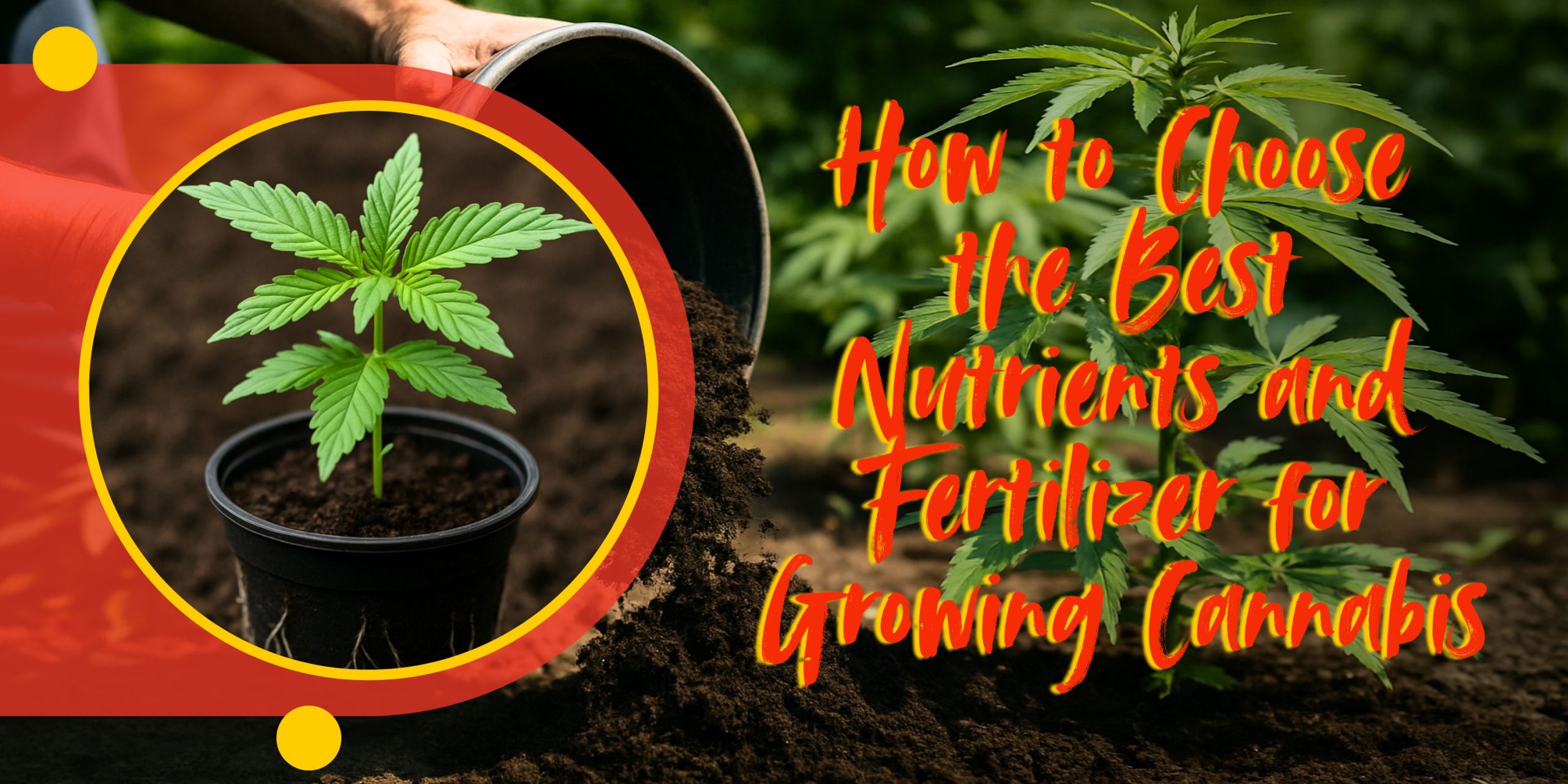The major setback a potential novice grower can face is how to get started. First, you need to look for the right location to grow and acquire suitable, growing tools. You must buy seedlings or cannabis plants and spend time monitoring and maintaining your harvest.
You also need to operate within the US states where cannabis growing is legal. Thus, make sure that growing weed indoors is allowed in your area before starting. Assuming you can legally continue your project, read more our comprehensive guide to growing weed indoors.
Advantages of Growing Weed Indoors
Primo weed
While it’s more skill-intensive than growing cannabis outdoors, you can regulate every feature of your atmosphere and what you supply in your plant. Hence, growing indoors allows you to arrange your setup to cultivate superb marijuana.
Prolific harvests
In contrast to outdoor cultivation, you are not exposed to the sunlight and seasons. You can allow your plants to develop as massive as why, change them into flowers, yield and start again with another batch. You can cultivate anytime you want, even with the winter climate.
Adaptability
Are you living in a little house or an apartment? You can grow weed anywhere, even people with no backyard or enough extra lot of space.
Privacy and safety
You may still want to hide your plants from your fault-finding neighbors and potential thieves even if you’re in legal states. Growing indoors, let’s you develop your harvest discreetly behind your closed door.
10 Guidelines on Growing Weed Indoors
1. Pick the Right Weed Grow Facility
Having a substantial growing space isn’t necessary. A standard group facility for a small grower is a tiny tent, cupboard, or specific area in a free room. If you don’t have any, even the unused area of your house is enough. The following are several helpful tips to get in the game of growing.
Start Growing from a Little Plot & Revamp If Required
By “little,” we signify not over a few crops at best. You can begin with two or three. When growing weed indoors, the learning process is always inescapable. Therefore, you’re open to making mistakes. The lesser plants you grow, the lesser plant you will ruin.
Even the seasoned marijuana breeders stumble into mistakes and unpredicted setbacks with every group they produce. Hence, it’s possible to survive a failed crop on the first try. Then, it hurts less when you waste one plant or two.
It won’t take you a long time to master things and start growing some unique flowering marijuana plants. At this point, you should make space as your cannabis breeds. From the first symptoms of maturing, expect your plants to become two or three times its size during yield time. Also, ensure that you have adequate room to squeeze in.
Clean Room is Among the Essential Things to Consider
Ensure that your grow facility is clean and sanitized anywhere and everywhere. There’s an internal danger posed by contaminants and pests. A dirty room attracts pathogens and adverse microbes and molds. The best option is to schedule a twice per week cleaning session and stick to that. However, you don’t have to be a perfectionist. Using a soaked microfiber rag to clean the parts around your plants will do.
Cannabis plants are “bio accumulators,” meaning they absorb all round them (both in air and soil). Be sure space nearby the plant is tidy enough to keep potential pollutants out.
Maintain Your Grow Facility As “Light-Sealed” As You Can
Light is vital for the growing method. Most of the time, your marijuana plants should get direct light. But several first-time breeders know that intermittent darkness is essential for producing “yieldable” cannabis buds.
Like living things, marijuana plants require “rest time.” If light from a nearby source is getting through while it should be dim, the bud producing females undertake “survival mode.” So, this method provokes them to create male flowers, destroying the possibility of a high yielding THC.
Effective Indoor Growing Needs the Following Aspects:
- Pick a safe place unaffected by any “undesired visitors.” It maintains your plants out of humans and animal attacks. It also allows you to check them regularly.
- Comfort is as essential as anything. Therefore, ensure your area is safe and easy to access day or night.
- Temperature and moisture issues will always remain primary concerns. Try and choose a location that is well quarantined from the air from the outdoors.
2. Decide and Use Your Weed Grow Lights
The lights you’re using in your grow facility has a big part in deciding the quality of your weed. We suggest investing in a quality lighting setup. It will be worthwhile, mainly if you outline cultivating over time.
3. Clean Air is the Lifeline of Strong Weed Plants
Ensure that you have regular flow air around your whole pot. The size of your grow room can determine how quick and easy you can achieve this. What you need is a handy fan on one side of the area, and another exhaust fan on the opposite side facing the ceiling upward.
Because warmer air elevates, the ventilator absorbs the scorching, dead air. The handy fan delivers an enormous supply of chiller, CO2-cold clean air. This method grants a regular supply of clean air for the weeds. Also, it maintains the temperature to a controllable level.
Most marijuana strains choose a higher temperature level between 70 to 85 degrees Fahrenheit. When your lights are off, maintain a room-temperature of 55 to 75 degrees. Indica marijuana strains prefer the chiller end of the reach.
4. Make a Control System and Check the Growth Method
The next step in the process is self-monitoring to control all your plants. Since you cannot spend 24 hours in the grow facility, you need a 24-hour timer and a changeable thermostat. The tools allow you to set up your ventilator to turn on once the temperature exceeds a higher specific degree. The result is a moderately stable temperature reach and moisture level while economizing power and funds.
The whole day timer is also essential. When your weed plants are in the vegetation phase, you need lights on for about 16 to 20 hours daily. After they develop and arrive at the flowering period, your weed requires 12 hours of light and 12 hours of darkness.
Also, it is beneficial to always invest in a pH meter to monitor water quality and soil. Try and maintain the pH level between 6-7 if you’re cultivating in soil. However, if you’re growing your weed hydroponically, the right range for you would be 5.5 to 6.5.
5. Choose your Grow Medium
When growing weed indoors, the two workable solutions are cultivating in the traditional soil or using a hydroponic tray. If you’re cultivating indoors first-ever, the soil is the recommended medium. It is more affordable, more accessible, and more lenient than the latest hydroponic method. Let’s check at each of the media:
Soil vs. Hydroponic
Soil is more accessible, cheaper, and provides a wider margin of error. But you must meticulously choose the soil because the quality vastly differs. The general potting is useful when you routinely add foodstuffs. However, pre-composted soil Much better choice as it already eliminates all the assumptions from the equation. Premium quality soil needs minimal care.
Everything you need is high-quality soil with the right nutrient-rich, best growing mixture. Perfect ingredients are mycorrhizae bacteria and bat guano, as well as some other natural fertilizer nutrients.
All-in-one hydroponic systems might help you achieve faster weed growth and higher harvest. Sadly, this is the case if all is done in the right way. But if not, it’s a big waster of investment.
A hydroponic method offers all essential salt nutrients to weeds in water through the osmosis process. Some connoisseurs choose to do this by hand and hand-select the nutrients. But this takes more experience and a longer time.
If you’re considering using a hydroponics method over the soil, many superb kits are secure and reliable. The disadvantage is the price is ten times higher than what you would pay for high quality, nutrient-rich soil.
6. Select a Container to Cultivate Your Weed In
You can already have the containers you need if you choose to buy nutrient-dense soil in basins. Also, you can cultivate your weeds out of a 5 gallon can or another usual home container. Marijuana plants are not fond of soggy conditions, though. Ensure to penetrate the bottom side of the container so the water can flow if necessary.
There are several excellent preloaded soil kits specially made for higher airflow. Remember this when planning what to cultivate your first weed plants.
7: Give Nutrients Love to Your Weed Plants
Making sure your weeds are getting the adequate nutrients they need is the second to light when it comes to importance.
Appropriate nutrient choice and application are some of the essential factors in cultivating top-grade marijuana. While cannabis is potent, cultivating it in underutilized settings means you will run short on potency and yield.
If you’re using natural soil mixture or cultivating your weed on a hydroponic system, your marijuana plants necessitate the “super seven” macro-nutrients, including:
- Nitrogen (N)
- Phosphorus (Ph)
- Calcium (Ca)
- Magnesium (Mg)
- Potassium (P)
- Copper (Cu)
- Iron (Fe)
These macronutrients are available and pre-packaged in powder or liquid type (if you’re utilizing an un-added soil mixture). But, most organic “super soils” already have them in adequate amounts.
Finally, some marijuana strains need more calcium than others to generate potent, healthy buds. Do thorough research on the specific strain you’re cultivating. This method allows you to be more acquainted with the type of “food” it necessities and chooses the most.
8. Weed Plants are Water Lovers
The usual hypothesis amongst beginner plant breeders is if you put more water on your plants, it’s better. Although this is true to some extent, there’s a thing as “excessive water.” Overwatering your marijuana plants indoors can prove harmful to their yield and possibly destroy them.
The level of watering and amount you supply Is identified by several obvious reasons, including your plant size and growth stage. Marijuana plants, for example, in its vegetation period, don’t need more watering as mature plants in the maturing phase. But there’s no hard science when Determining the amount of water to supply and how frequent.
Most people are only choosing water after the leaves begin noticeably falling. Over drenched root systems, particularly in marijuana plants, are susceptible to fungal problems.
Ensure there are holes in your container to let water flow. When flushing, only wet the soil instead of drenching it.
Lastly, most breeders fill the jar or squeeze bottles from the tap. Remember, this could destroy the plants if there is excessive chlorine or unsifted nutrients in it. You might want to pick a distilled water or just filter it before watering to your soil. Tap water loaded with minerals can cause spotted accumulation in the marijuana root systems that leave two serious root problems.
9. Set a Maintenance Time For Your Plants
DIY indoor breeders cannot do a 24-hour inspection of their plants. But you can supply enough maintenance by allocating a few minutes every day. Routine visits like ensuring Factors such as humidity, temperature, pH level, and water levels are right, are vital.
You also need to check for male marijuana plants in your yield. If you’re considering growing high THC flowers, all your need is female plants in your harvest. Having male plants in your crop is a problem. After it arrives maturity and pollen sacs break, it propagates the females. At this stage, they will begin producing seeds instead of growing buds. Although the marijuana plants won’t die, their capability to generate high THC buds is destroyed.
If you’re cultivating from seedlings, you should wait until the vegetation period. After the plants begin its maturity level, it will produce reproductive parts at the ganglia.
This is the time that you can extract the males and remove them. Male cannabis plants look like small groups of peas, and these are its pollen sacs. In contrast, female cannabis plants have sharper early phase calyxes. Breeders who are cultivating pre-purchased feminized seedlings or from female models should not worry about male cannabis plants.
10. Carefully Trim Your Marijuana Plants Down
The last step is yielding your marijuana plants. Most first time breeders think that nugs appear separately on the stalk. They can detach them, crush, and start smoking. It’s a little too complicated.
The nugs on a robust, “pre-reaped” plant are combined with a vast quantity of fan/water and sugar leaves. To get the nugs, you must use scissors to cut the foliage. After you get the hang of the process, you will see it as an enjoyable work instead of a challenge.
The first process is to trim the big water leaves, which are called fan leaves. They have little THC amounts and are often removed. Buds and sugar leaves must remain. You will see a difference among the long, greenery fan leaves and little sugar ones. The latter is coated with trichomes.
Some growers like to crush the sugar leaves and utilize them. But it’s all about the nugs if your main objective is to experience a psychoactive high. You can also use the sugar leaves to prepare cannabutter, though. After cutting down, hang the buds to dry. Leave it for 7 to 10 days and store them in sealed containers to cure. The longer you wait, the more potent and the tastier your buds are.
Conclusion on Growing Weed Indoors
Growing weed indoors is a learning opportunity. It’s a must to any marijuana lover who has a desire for all the areas of the plant. You become more knowledgeable about cannabis, botany, and biology. Most breeders consider they always learn something different from every yield. There is undoubtedly a training period involved, and you will commit the right amount of mistakes. However, don’t be chicken, it’s all worth it.
Enjoy, and most of all, have fun!
















